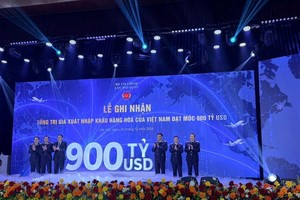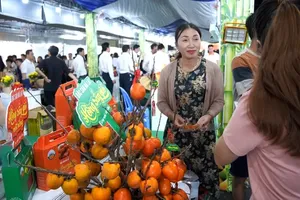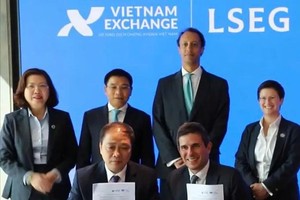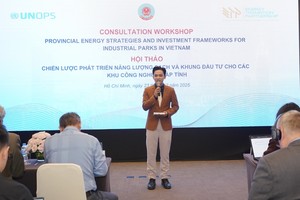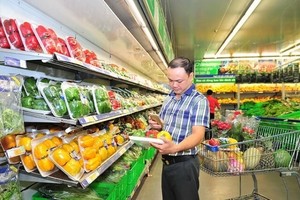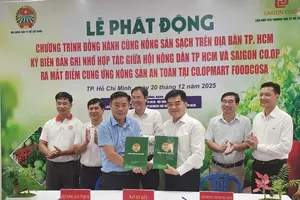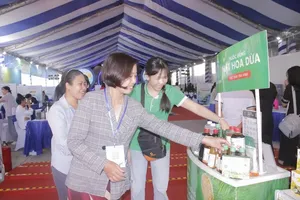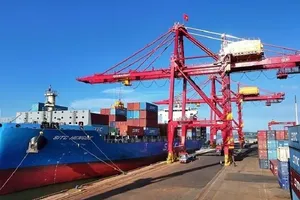After completion its studies, the Steering Committee for the construction of a pork trading floor reported its study results that Ho Chi Minh City currently meets the conditions to deploy a trading floor.
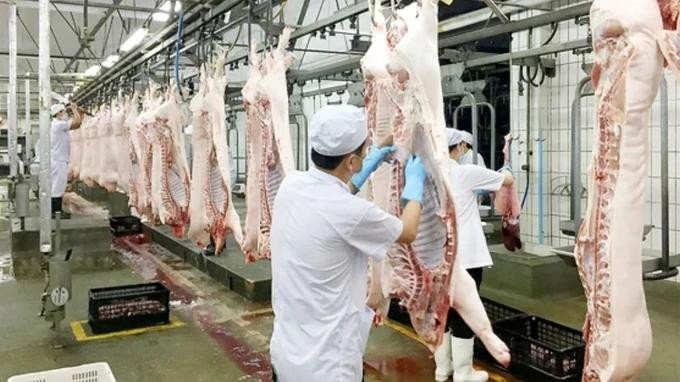
The southern largest city consumes about 10,000 pigs per day, worth about VND20,000 billion per year, with the supply from Ho Chi Minh City and neighboring provinces.
The city currently operates two major wholesale markets, which account for approximately 70 percent of total pork consumption, supported by a network of industrial slaughterhouses with sufficient capacity to meet centralized trading demands and ensure quality standards for all goods traded through the market.
In addition, the city has successfully completed Phase 1 of the pork origin tracing project, establishing a comprehensive data system and attracting large-scale, modern enterprises through the market stabilization program. These developments create favorable conditions for launching the trading floor model from the outset.
The Steering Committee believes that once the pork trading floor becomes operational, it will offer numerous benefits including introducing a modern trading method, reducing intermediary steps, lowering costs, boosting farmers' profits, and delivering greater value to consumers.
Swine meat exchanged via official markets undergoes rigorous monitoring for consumption safety throughout all phases - from cultivation, harvesting to allocation channels - thus safeguarding community wellbeing. Stringent regulations and oversight mechanisms will incentivize farming, cultivation and harvesting establishments to transition toward consolidated, mechanized operations, with the objective of satisfying international export criteria.

